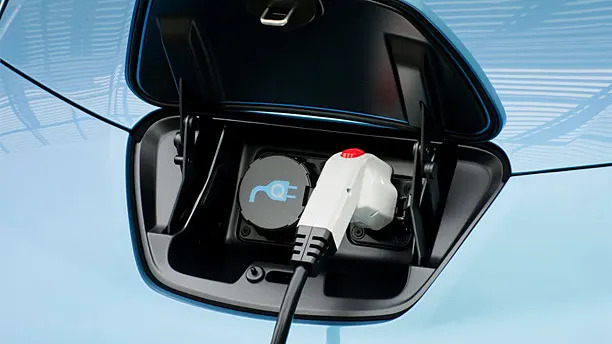
Imagine yourself a successful Silicon Valley entrepreneur. You're into electric vehicles, and you drive a Tesla Roadster. One of your friends scored a lease on a Mini-E. Another imported a Mitsubishi i-MiEV from Japan. Your pal down the block has a GEM. Even your gardener is green, and hauls his electric lawn mower around in a nearly antique 1998 Ford Ranger EV.
What do all of these vehicles have in common? Unfortunately, not their charging plugs. The charging cable and plug that replenish your Tesla's lithium ion batteries won't fit in the charging port of the Mini-E or any other electric vehicle. And no, conventional jumper cables won't do you any good. When your friends come over for a BBQ, they won't be able to recharge their rides during dinner.
As the computer industry learned many times over, standardized connectivity matters. Until now, there has not been a standardized charging plug design for EVs. Each company came up with a unique plug design that worked best for their application, out of necessity.
The implication for public charging stations is clear. If no standard were adopted, finding a charging station with an appropriate plug would be a game of electron roulette. You might find a charging station only to have the plug not fit your vehicle.
The old-school parallel is like sizing the nozzle on unleaded fuel pumps: They needed to be the same everywhere so every driver with a vehicle running on unleaded gasoline could refuel conveniently, safely, and without spills.
So engineers from many EV manufacturers contributed to the new Society of Automotive Engineers (SAE) standard J1772, the technical document that defines every working element of the new standardized plug that is capable of handling up to 240-volts.
The 2011 Chevrolet Volt, Nissan Leaf and Mitsubishi i-MiEV all use the new standardized charging port design. Future EVs from Tesla, including the new sedan, will also use the new plug design, as will BMW's next-generation Mini-E.
The plug matters in more ways than just its shape. Batteries must be treated with great care to ensure maximum performance and long life and charging must be meticulously controlled. Overheated batteries lose their charge quickly, and if charging continues unchecked, the batteries can combust.
The new SAE standard takes every concern into account. The need for communications between the vehicle and the charging station explains why J1772 plugs have five-pin connectors. Three lines deliver the grounded electricity and two smaller connections provide data streaming for computer control of the charging protocol. Additionally, the plug ensures that no one gets zapped using the charger during a rainstorm.
Nearly every aspect of the charging process is controlled by the vehicle's powertrain control module. Beyond managing the flow of electrons, the Chevy Volt and Nissan Leaf, for instance, can be programmed to charge between certain hours when electricity rates are low.
The SAE J1772 standard is only the beginning. Just as computer networks progressed from standard Ethernet to Gigabit Ethernet, more charging options are coming.
Some businesses have 480-volt service that could provide blazingly quick charges to EVs. But the J1772 standard can't handle this level of power, necessitating a second port for high-amperage DC charging. Mitsubishi plans to offer a second fast-charge port on the i-MiEV when it comes stateside in 2012 and the Leaf already has one. These high-voltage DC plugs have their own standardized, heavy-duty plug design.


Sign in to post
Please sign in to leave a comment.
Continue